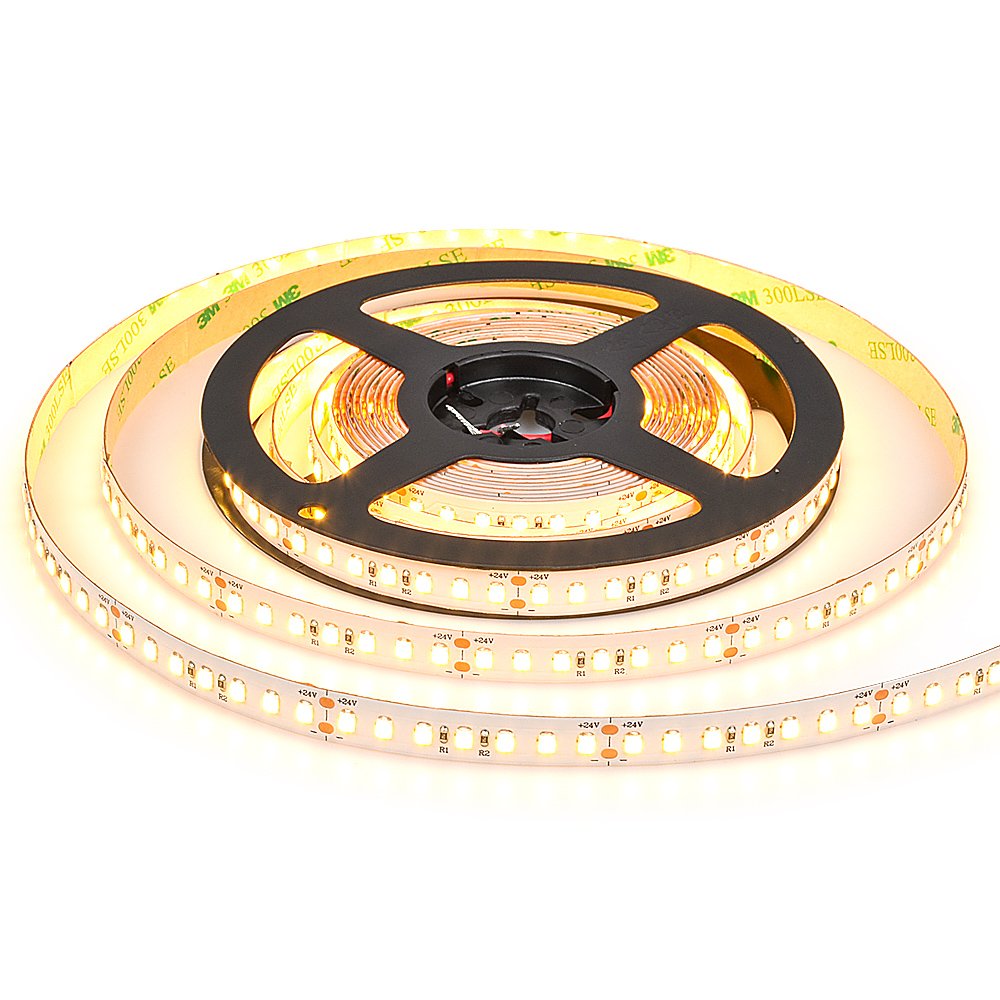1, ISO-TEMPERATURE LINES

CRI(Color Rendering Index)

What is CRI R9 and Why is it lmporttant?
CRI R9 is one of the test color samples (TCS) used in the calculation of extended CRI. Many manufacturers will only report general CRI, however, which does not include the CRI R9 score.
CRI R9 is therefore oftentimes a useful supplemental score to judge a light source’s color rendering ability, specifically as it concerns objects whose reflectance spectra contain red wavelengths.
What is CRI R9?
R9 is the score that represents how accurately a light source will reproduce strong red colors.
‘Accurate” is defined as similarity to daylight or incandescent bulbs, depending on the color temperature.
Just like each of the CRI R value calculations, R9 is calculated by calculating the reflected color from a theoretical object with the reflectance profile defined as TCS9. The reflectance spectra is provided below:
What is notable is that the TCS9 spectrum is almost entirely composed of red light. Spectrum-wise, we see this as wavelengths longerthan 600 nm. This means that if there is not enough red light in the light source, it will make red colors appear “off’ or different.

Why is CRI R9 important?
CRI R9 is a very important metric because many light sources will be lacking in red content, but this fact will be hidden due to the averaging out of CRI calculations which do not include R9.
As the chart below shows, an light source can actually perform quite well with the first 8 test color samples, scoring quite well for R1-R8. For the general CRI Ra metric, this means that an LED with poor red color rendering can still get by with an 80 CRI (Ra) rating.
A closer look at the R9 value, however, Reveals that the light will perform very poorly for red colors in paticular.

What is a good CRI R9 value?
Although the maximum possible value of R9 is also 100, unlike average CRI numbers, R9 should be judged a bit differently.
Mathematically, R9 is far more difficult to achieve a high score compared to the other R values that comprise the CRI calculations, and is far more sensitive to spectral variations. Therefore, an R9 score of 50 or above would be considered “good” while an R9 score of 90 or above would be considered “excellent.”
You will therefore find that most lighting products available in the market will rarely specify the R9 value, and when they do, rarely will they guarantee anything higher than 50.
This is due to the fact that CRI utilizes the CIE 1960 uv color space, which is skewed in a way that exaggerates color differences in the red region of the chromatic diagram. Since CRI is a calculation that quantifies color differences between a light source and a reference source, a larger calculated color difference will result in a larger decrease in the R score.

Why is red such an important color?
Red is a crucial color for many application including photography, textiles and reproduction of human skin tones. When searching for a high color quality LED, be sure to inquire about the CRI as well as its R9 value



7 Responses
Excellent article. I certainly appreciate this site. Continue the good work!
thank you friend, we will try ur best to make it more professional.
Thanks for your engouragement
I was excited to uncover this great site. I need to to thank you for your time for this particularly wonderful read!! I definitely enjoyed every part of it and I have you book marked to check out new stuff in your web site.
Thank you very much for your positive comment and encouragement, and we will bring more and more valued article in the future.
This article offers a fascinating perspective on the subject. The depth of research and clarity in presentation make it a valuable read for anyone interested in this topic. It’s refreshing to see such well-articulated insights that not only inform but also provoke thoughtful discussion. I particularly appreciated the way the author connected various aspects to provide a comprehensive understanding. It’s clear that a lot of effort went into compiling this piece, and it certainly pays off. Looking forward to reading more from this author and hearing other readers’ thoughts. Keep up the excellent work!
Dear Scarlett,
Many thanks for your encouragement, I will try my best to bring more valuable article soon.
Regards
Martin